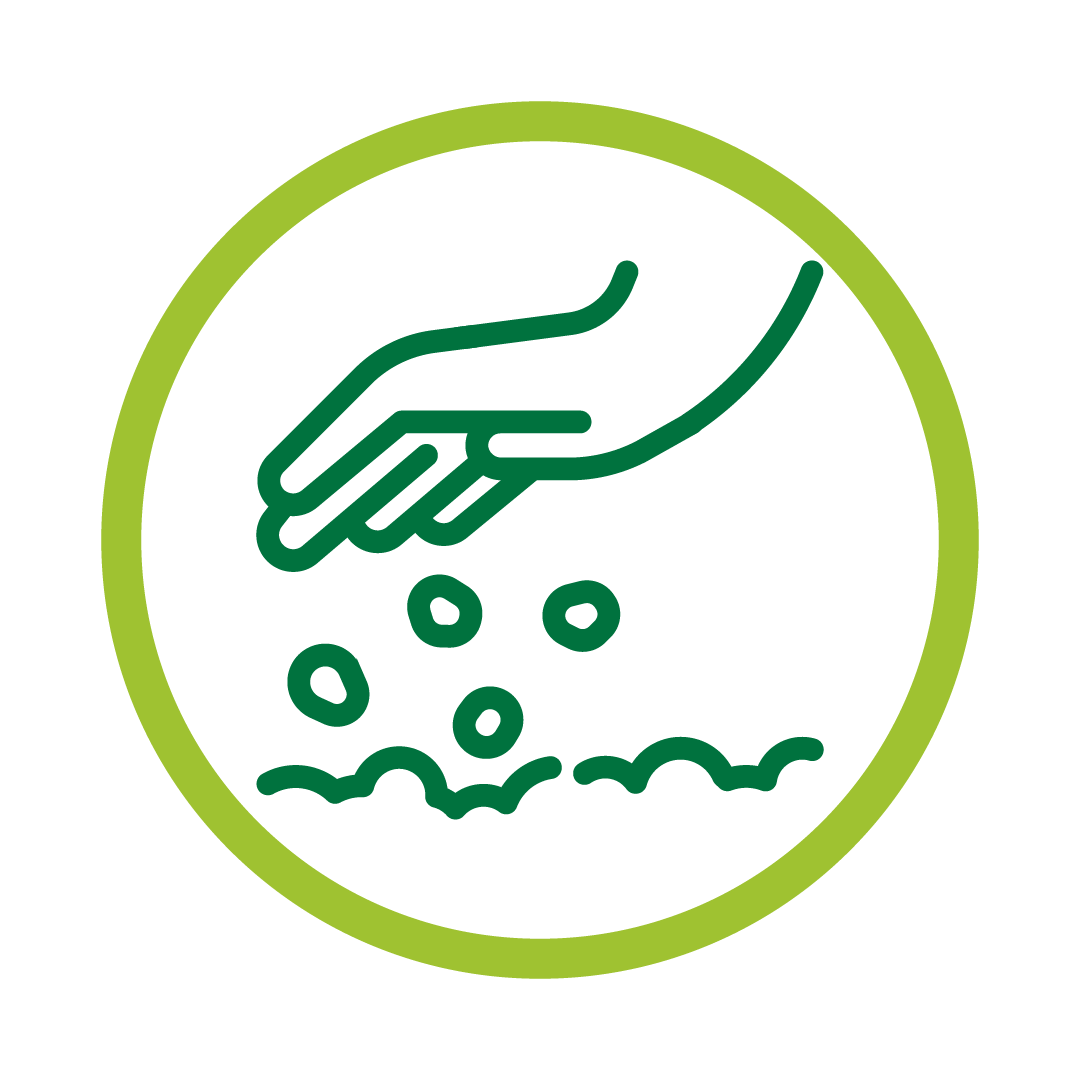
Sustainable Practices
Jiffy is committed to full restoration of its bogs. Bog restoration is done under the guidance of experts who ensure that the bog is restored correctly to its pre-harvested state. Full restoration of a harvested bog using proven methods takes only 10-15 years. It’s also important to note that peatland in Canada grows 70 times faster than its present rate of harvest and that the vast majority of peatlands in Canada remain untouched - in fact, less than 0.02% of peatlands in Canada are harvested for horticultural purposes. Learn more about the harvesting process.
Using proven methods, a bog will become fully restored in 10-15 years.⁷ It grows 70 times faster than its present rates of harvest.¹⁰
Peatland restoration is carefully done in Canada, under the guidance of experts who ensure that the bog is restored correctly. Peatland restoration effort involves seven steps:
Current alternatives all still have environmental considerations.
90% of Coconut coir is sourced from India and Sri Lanka, traveling many, many miles to reach the U.S. market.¹¹
Washing and buffering of coir raw materials uses a significant amount of fresh water. Furthermore, peat moss can retain up to 20 times its weight in water¹; alternatives require significantly more water usage for successful growing.
Peat is light and compressible while compost is not. It takes more than three trucks of compost (hauling 60 cubic yards each) to deliver the same amount one truck of peat moss can deliver (190 cubic yards). ¹⁰
Woodchip, coir, rice and other alternatives come from monoculture plantations which are detrimental to biodiversity and negatively impact pollinator populations.¹⁰












